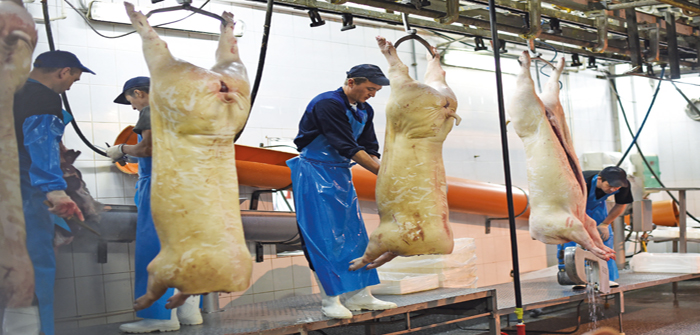Pork prices in many parts of the world rose rapidly during the second quarter of this year, driven largely by China’s African swine fever (ASF) crisis.
This is reflected in export prices from the world’s four main pork exporters, the EU, US, Canada and Brazil. Over the previous three years, average prices have fluctuated around the $2.50/kg mark, peaking at $2.82/kg in July 2017.
The ASF situation in China has now started to push prices towards this level again, AHDB senior analyst Bethan Wilkins said. The average export price in April was $2.52/kg, but by June, this had reached $2.75/kg, up 9% on a year earlier. Export prices remain well below the record highs of $3.50/kg achieved during the PEDv outbreaks in 2014.
The Chinese pork price is now at a record high, and this is expected to encourage further increases to import demand and support global export prices. “The Chinese government has announced that it will be encouraging further import growth to help stabilise the escalating domestic pork price. It also intends to release pork from government stores to help support volumes on the market,” Ms Wilkins said.
Despite the apparent opportunities ahead, at the farmgate level, US and Brazilian prices have actually declined in recent weeks. Brazilian prices have fallen by $0.36/kg since the start of July. In the US, prices have also dropped by $0.24/kg. Elsewhere, prices have been fairly stable overall.
Ms Wilkins added: “It is probably too soon to see a knock-on uplift at farmgate level yet. However, this is certainly possible in the future. Rising prices can create challenges on domestic markets though, as retailers struggle to pass on higher prices to consumers.”




